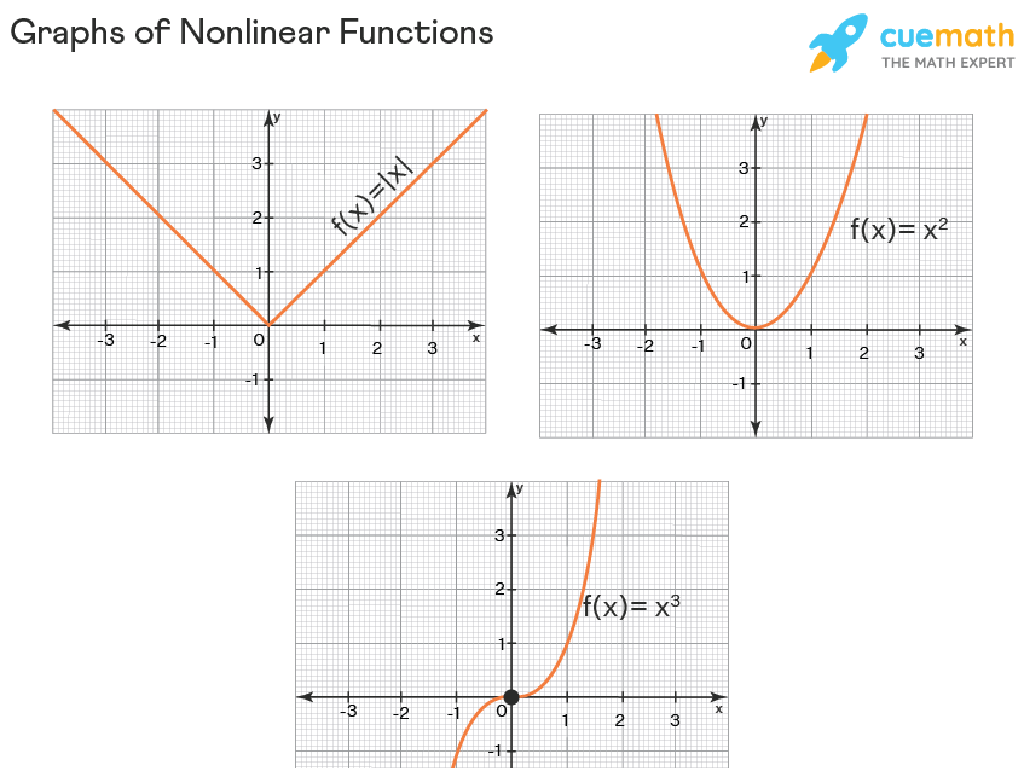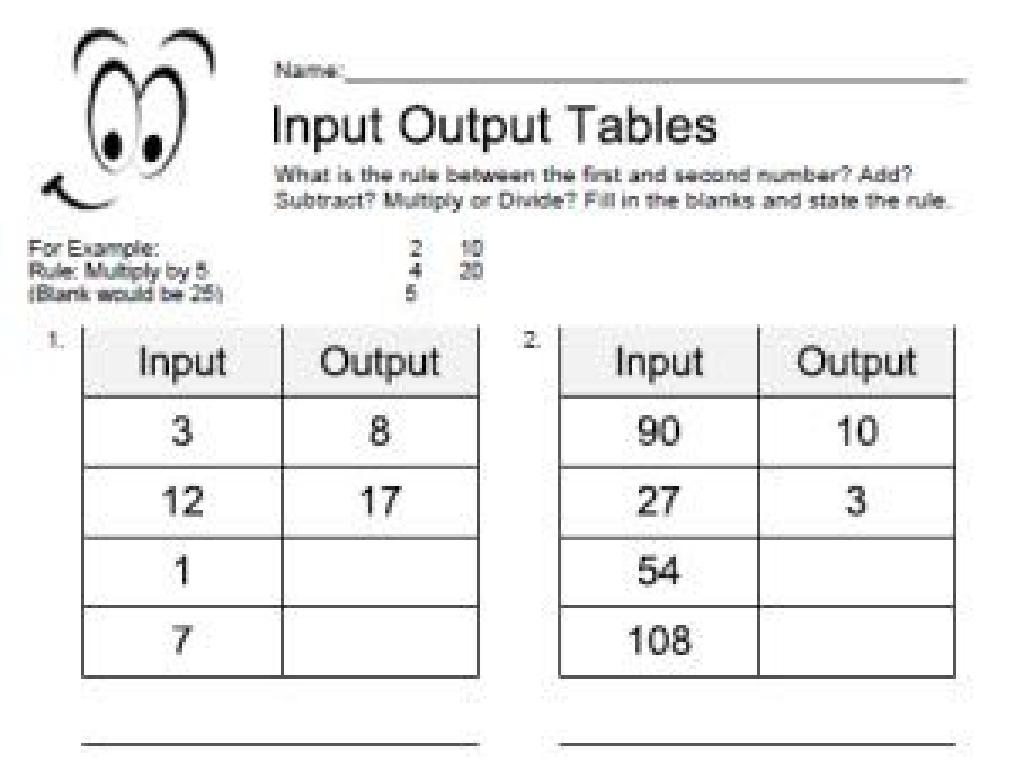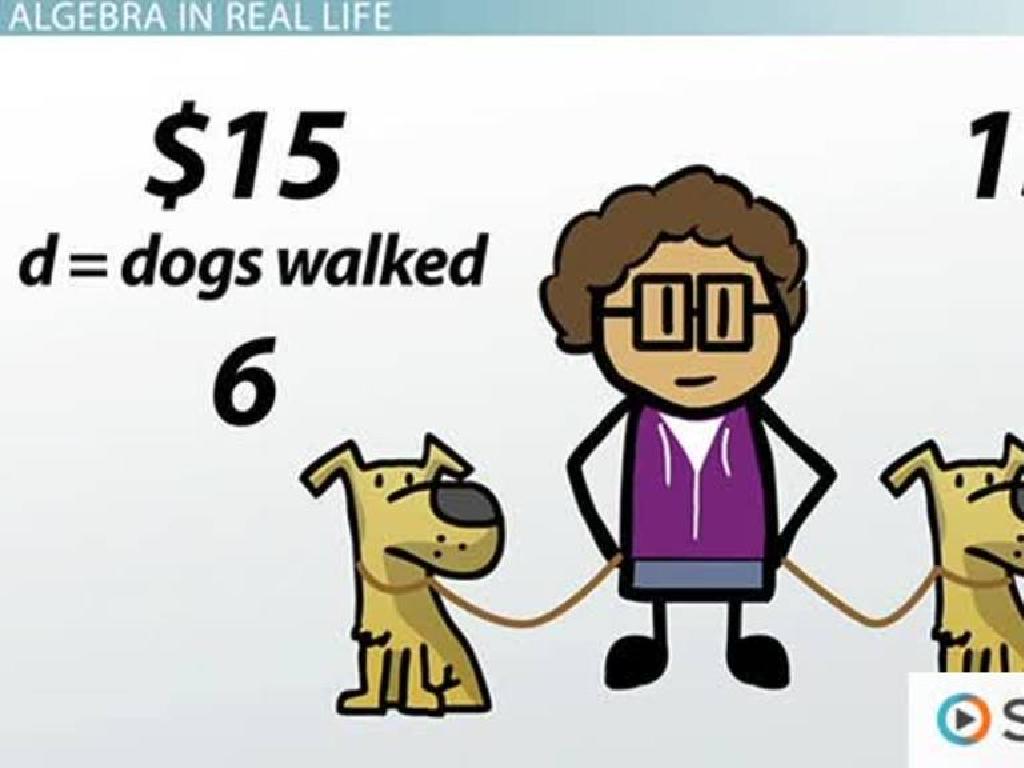Is The Sentence Simple Or Compound?
Subject: Language arts
Grade: Fifth grade
Topic: Sentences, Fragments, And Run-Ons
Please LOG IN to download the presentation. Access is available to registered users only.
View More Content
Simple vs. Compound Sentences
– What are simple sentences?
– A simple sentence has one independent clause.
– Exploring compound sentences
– Compound sentences have two or more independent clauses joined by a conjunction.
– Differences between simple and compound
– Practice identifying sentence types
– We’ll do exercises to recognize sentence structures.
|
This slide introduces the concept of simple and compound sentences as the foundation for understanding sentence structure. A simple sentence contains a subject and a verb and expresses a complete thought. In contrast, a compound sentence connects two independent clauses with a conjunction like ‘and’, ‘but’, or ‘or’. It’s important for students to grasp these differences to enhance their writing skills. During the lesson, provide examples of each and engage the class with practice exercises where they identify whether sentences are simple or compound. This will help solidify their understanding and prepare them for more complex sentence structures.
Understanding Sentences
– Definition of a sentence
– A sentence shares a complete idea
– Sentence components
– Must have a subject and a predicate
– Punctuation marks
– Ends with a period, question mark, or exclamation mark
– Example of a simple sentence
– ‘The cat (subject) is sleeping (predicate).’
|
This slide introduces the basic concept of a sentence to the students. It’s important to emphasize that a sentence is not just a random collection of words, but a structured group that conveys a complete thought. Highlight the necessity of having both a subject, which is what or whom the sentence is about, and a predicate, which tells something about the subject. Also, discuss the importance of punctuation marks in indicating the end of a sentence and in helping to convey the intended meaning. Use the example provided to illustrate a simple sentence, and encourage students to come up with their own examples.
Simple Sentences
– One independent clause
– A clause that can stand alone as a sentence.
– Expresses a single thought
– It’s a complete idea, not needing more information.
– Example: ‘The dog barks.’
– Subject ‘The dog’ + verb ‘barks’ shows action.
|
A simple sentence is the foundation of writing. It contains one independent clause, which means it has one subject and one verb and expresses a complete thought. For example, in the sentence ‘The dog barks,’ ‘The dog’ is the subject, and ‘barks’ is the verb. This sentence is simple because it is complete in itself and does not depend on any additional information to be understood. Encourage students to identify the subject and verb in each sentence and to determine if the sentence expresses a complete thought. Have them practice writing their own simple sentences, ensuring they have a subject, a verb, and express a complete idea.
Understanding Compound Sentences
– Definition of a compound sentence
– A sentence with two or more independent ideas
– Independent clauses in compound sentences
– Each idea can stand alone as a sentence
– Conjunctions: and, or, but
– Words that connect clauses in a sentence
– Example of a compound sentence
– ‘The dog barks, and the cat meows.’
|
This slide introduces the concept of compound sentences to fifth-grade students. A compound sentence is defined as one that contains two or more independent clauses, which are complete thoughts that could stand alone as sentences. These clauses are typically connected by conjunctions such as ‘and’, ‘or’, and ‘but’. An example is provided to illustrate a compound sentence in practice. Instruct students to identify the independent clauses and the conjunction in the example. Encourage them to create their own compound sentences using different conjunctions to solidify their understanding of the concept.
Simple vs. Compound Sentences
– Count subjects and predicates
– A simple sentence has one subject and one predicate.
– Spot conjunctions in sentences
– Compound sentences use conjunctions like ‘and’, ‘or’, ‘but’ to connect clauses.
– Practice with sentence examples
– We’ll look at sentences and decide if they’re simple or compound.
|
This slide is aimed at helping students differentiate between simple and compound sentences. Start by explaining that a simple sentence contains a single subject and predicate, forming one complete thought. Then, introduce compound sentences as those that have more than one subject or predicate, usually connected by conjunctions such as ‘and’, ‘or’, ‘but’. Provide clear examples for each and engage the class in an activity where they identify sentence types from a list of examples. Encourage them to explain their reasoning for each decision, reinforcing their understanding of the concepts.
Simple vs. Compound Sentences
– Example 1: Single clear idea
– ‘The sun is shining brightly.’ – One subject and one verb.
– Example 2: Two related ideas joined
– ‘The sun is shining, but it is still cold outside.’ – Two ideas connected by ‘but’.
– Discuss with a partner
– Decide: Simple or Compound?
|
This slide is designed to help students practice distinguishing between simple and compound sentences. Example 1 is a simple sentence with one subject and one verb, expressing a single idea. Example 2 is a compound sentence that uses a conjunction ‘but’ to connect two related but contrasting ideas. Encourage students to discuss with a partner to determine which sentence is simple and which is compound. This activity will enhance their understanding of sentence structure and their ability to identify the difference in context. It’s important to guide them through the process of identifying the subject and verb(s) in each sentence and noticing the conjunction that connects the clauses in the compound sentence.
Class Activity: Crafting Sentences
– Write 5 simple sentences
– About your favorite hobby
– Form a compound sentence
– Use ‘and’, ‘but’, or ‘or’ to join two sentences
– Share with the class!
– Discuss the sentences you’ve created
|
This activity is designed to help students understand the difference between simple and compound sentences through practice. Start by explaining that a simple sentence contains one independent clause. Then, guide them to create five simple sentences about their favorite hobby, which is a topic they should be excited to write about. Next, show them how to form a compound sentence by combining two simple sentences with a conjunction (and, but, or). Encourage creativity and sharing in the class to build confidence and reinforce the concept. Prepare to offer examples and assist students who may struggle with sentence structure.
Conclusion & Homework: Sentence Crafting
– Practice identifying sentence types
– Write a short story for homework
– Use your imagination and have fun with the story
– Include 5 simple sentences
– Simple sentences have one subject and verb
– Include 5 compound sentences
– Compound sentences use conjunctions like ‘and’, ‘but’, ‘or’
|
Today, we’ve learned how to distinguish between simple and compound sentences. As a homework assignment, students are tasked with writing a short story that includes an equal number of simple and compound sentences. This exercise will help reinforce their understanding of sentence structures and the use of conjunctions to connect clauses. Encourage creativity in their storytelling, and remind them to pay attention to sentence construction. In the next class, we can have volunteers share their stories to discuss and appreciate the use of different sentence types in writing.






